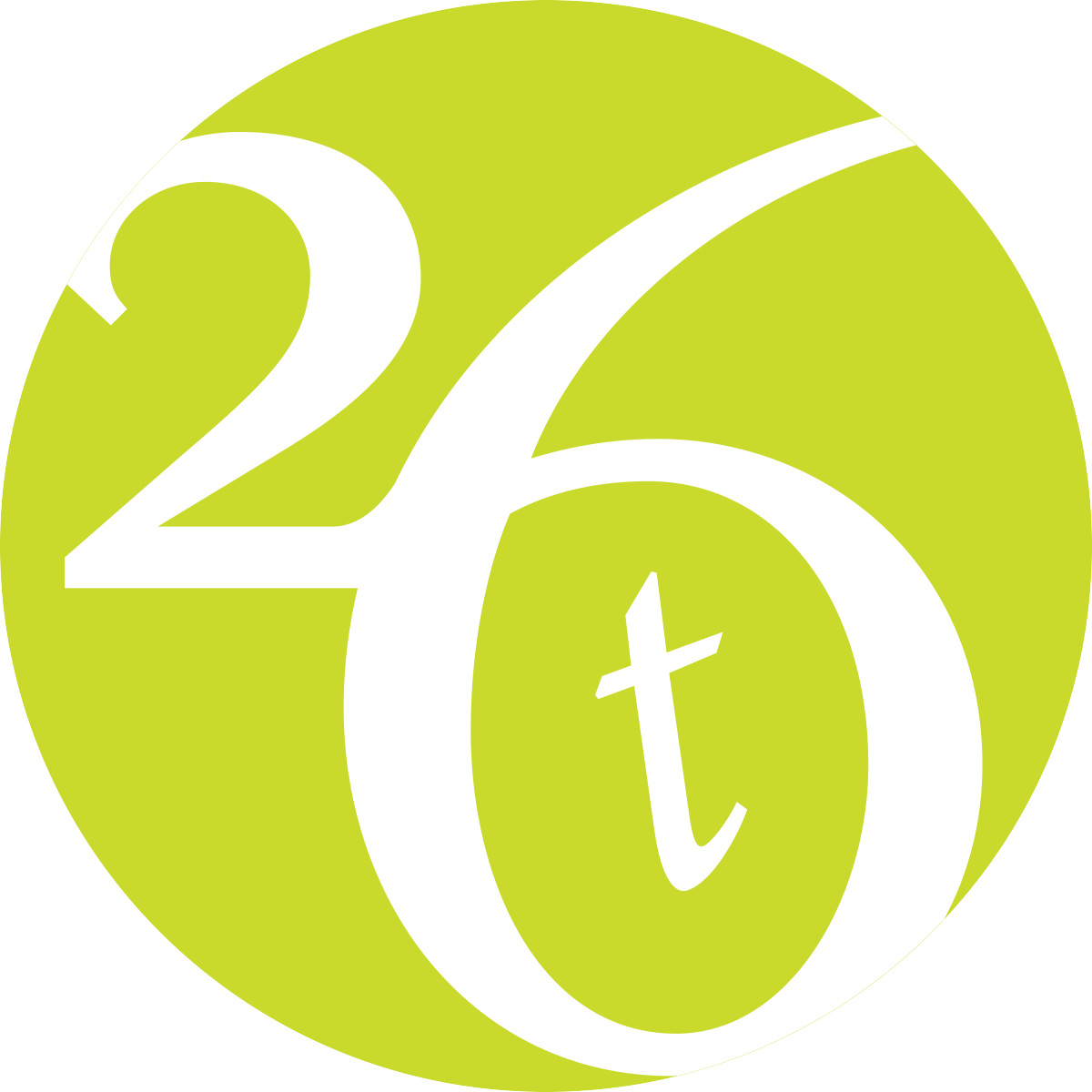Setting up a messaging framework
In the bustling marketplace of brands and endless streams of content, how can your brand stand out? The secret lies in your messaging. A well-crafted messaging framework is like a compass for your brand’s communication, guiding every advertisement, social media post, and customer interaction. Today, we’re diving into the essentials of setting up a messaging framework that resonates with your audience and embodies your brand's values.
What is a messaging framework?
A messaging framework is a structured representation of your brand’s voice, tone, and key messages. It ensures consistency across all platforms and touchpoints. Think of it as a blueprint for all your communication efforts.
Why is a messaging framework important?
Consistency: Ensures uniformity in tone and message across all marketing channels.
Clarity: Clearly conveys your brand’s values, unique selling propositions, and benefits to your audience.
Connection: Helps in building a stronger, more emotional connection with your audience.
Steps to set up a messaging framework
Understand your audience
Understanding your audience is the first and most crucial step in setting up a messaging framework. You need to conduct thorough market research to grasp your audience’s needs, preferences, and challenges. Creating buyer personas is an effective way to represent your ideal customers, giving you a clearer picture of who you are communicating with.
2. Define your brand’s core values and mission
This process involves articulating what your brand stands for and ensuring that your mission statement reflects your brand’s purpose and aspirations. These core values and mission will guide the tone and direction of your messaging.
3. Craft your brand’s value proposition
This step is about articulating your unique selling points clearly. Your value proposition will act as the cornerstone of your messaging, highlighting what sets your brand apart from competitors.
4. Develop key message points
This step involves breaking down your value proposition into key messages that are clear, concise, and targeted to your audience segments. These messages should resonate with your audience and reflect your brand’s core values.
5. Establish tone and voice
Your brand’s tone and voice should reflect its personality, whether it’s friendly and informal or professional and authoritative. This tone and voice will influence all your communication efforts and should be consistent across all platforms.
6. Create a messaging matrix
This matrix aligns your audience, key messages, and the desired action you want them to take. It’s an invaluable tool for tailoring messages for different platforms and contexts, ensuring your communication is effective and cohesive.
7. Train your team
It’s important for the team to understand and apply the messaging framework to ensure consistency in communication. Everyone who communicates on behalf of your brand should be familiar with the framework to maintain a unified brand voice.
8. Implement and iterate your messaging framework
Consistently using the framework across all marketing materials is crucial for maintaining a cohesive brand identity. Regularly reviewing and updating the framework ensures it remains relevant and aligned with your audience's evolving needs and preferences.
Apply it to your organization
A messaging framework is not just about having a catchy slogan or memorable ads. It’s about creating a consistent, authentic voice that speaks directly to your audience's needs and builds lasting relationships. By taking the time to develop a comprehensive messaging framework, you're investing in the long-term success and resonance of your brand.
Remember, your messaging framework is a living document that should evolve with your brand and your audience. Keep it updated, and it will serve as a reliable guide through the ever-changing landscape of marketing and communication.
For a head start in this process, don't forget to check out our free messaging framework template, designed to streamline your efforts and set you on the path to effective brand communication.
